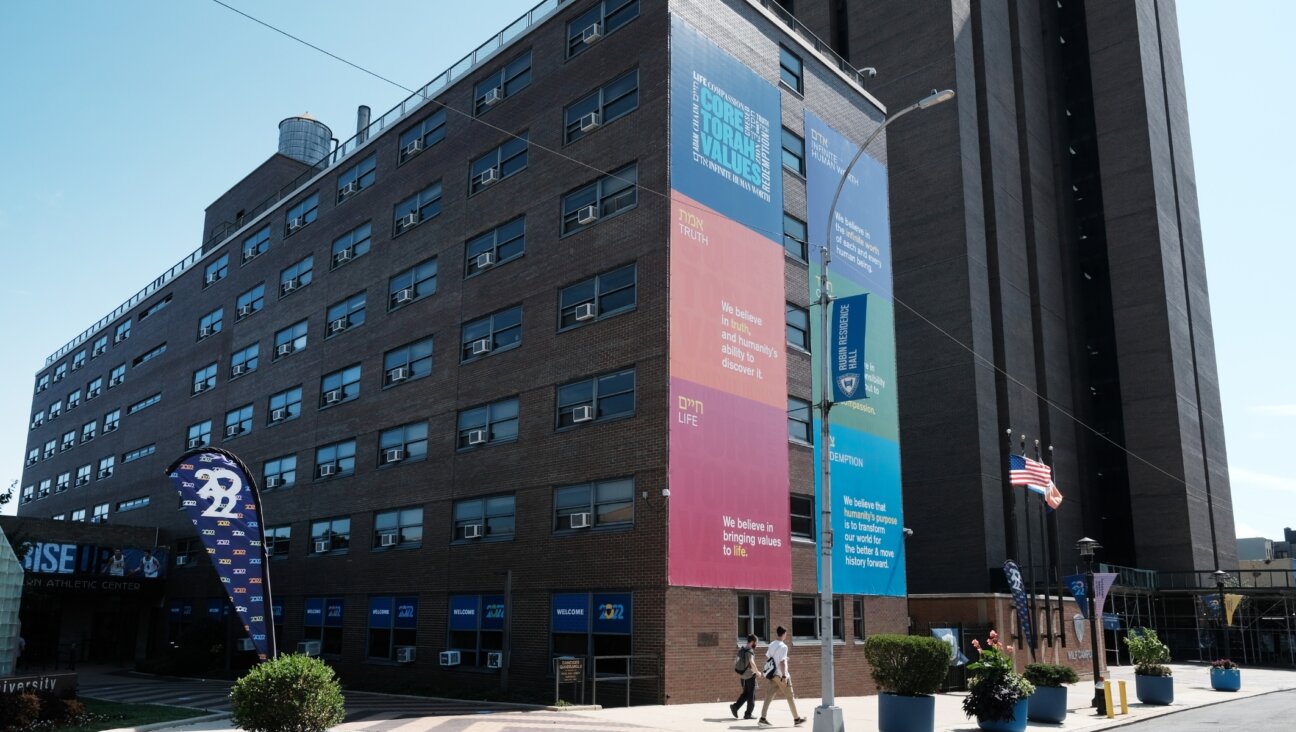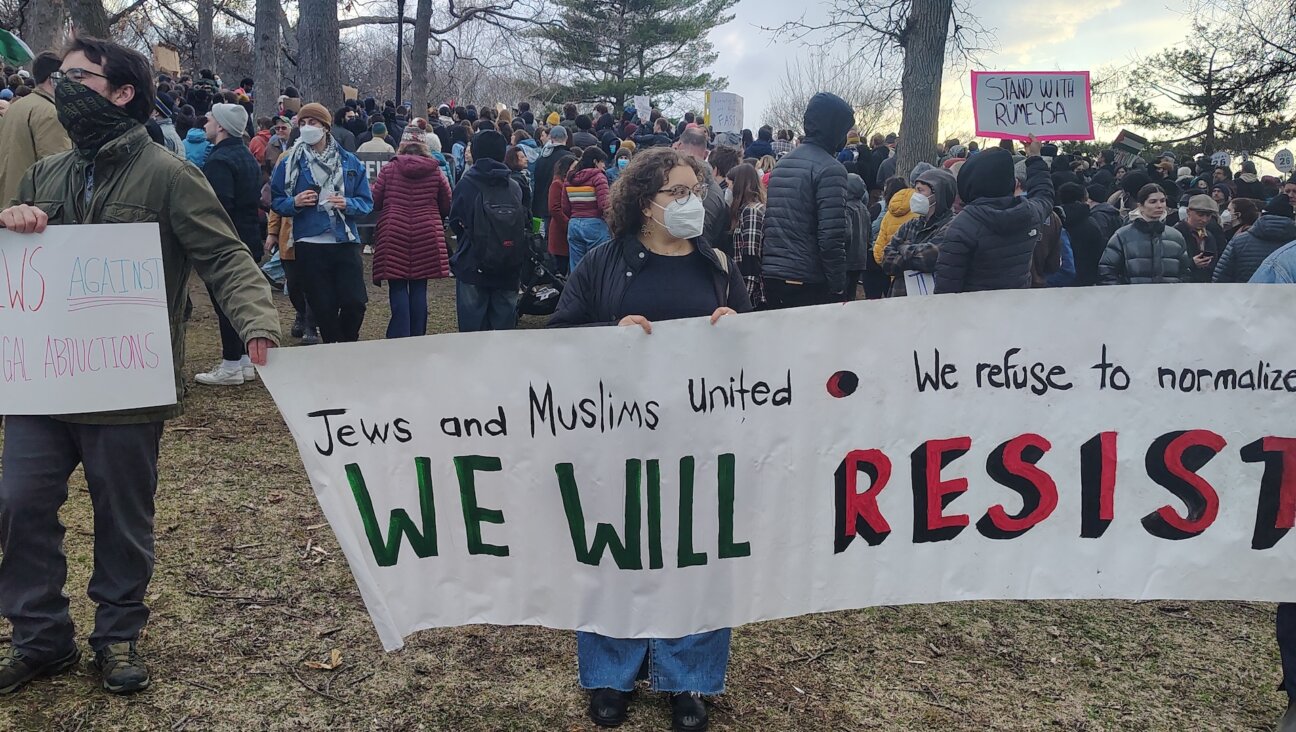$6B Pricetag Placed on Reconstruction of Gaza

Image by getty images
Reconstruction in Gaza, where heavy Israeli bombardment in a war with Islamist militants has caused widespread devastation and displaced half a million people, will cost at least $6 billion, the Palestinian deputy prime minister says.
This time, Mohammed Mustafa said, Palestinians hope future donors will make good on aid pledges. In 2009, only a fraction of the nearly $5 billion in funds promised at an international conference after a three-week war between Israel and Gaza’s ruling Hamas actually arrived in the battered enclave.
“Once a ceasefire is reached, we will have to tackle the immediate problem of rehousing those who lost their homes,” Mustafa told Reuters. “According to our estimates, they may number 400,000 people.”
The West Bank-based government of Palestinian President Mahmoud Abbas has already been in touch with the United States, the European Union, Arab states and the World Bank to hold a donors’ summit after the guns fall silent, Mustafa said.
Qatar, a major ally of the Islamist Hamas might contribute generously to a rebuilding effort. Last year, the wealthy Gulf Arab state began executing construction projects in the Gaza Strip at the cost of more than $400 million.
Contacted by Reuters in Doha, a Qatari official said his country would be ready to provide money for humanitarian aid purposes, but not directly to Hamas itself.
The destruction in the current conflict, now in its fourth week, is more widespread than it was in 2009. Rubble – including from homes and factories that were hit by Israeli shelling and rebuilt after the fighting five years ago – is strewn in almost every street in towns, villages and refugee camps in the densely packed, sliver-like territory of 1.8 million people.
“There is a need to build 100,000 housing units,” Mustafa said, adding that a Palestinian government committee has begun assessing the damage and the $6 billion figure was only an initial estimate.
Vital infrastructure must also be rebuilt.
Eighty percent of the population has had electricity for only four hours since Gaza’s only power plant was disabled by two Israeli missiles that struck fuel tanks. According to the British charity Oxfam, two-thirds of Gaza residents have been affected by damage to sewerage and water infrastructure.
Israel has accused Hamas of causing such hardships by launching rockets at its cities from thickly-populated Gaza neighborhoods and using mosques and schools as weapons depots, drawing Israeli fire.
After the December 2008-January 2009 war, West governments’ designation of Hamas as a terrorist group over its refusal to recognize Israel or renounce violence, effectively blocked donor funds.
And, citing concerns that Hamas would use reconstruction material to rebuild its military capabilities, Israel clamped severe limits on cement and steel imports into Gaza as part of a security blockade of the coastal enclave.
Those fears, Israel now says, pointing to militants’ infiltration tunnels unearthed during the current conflict, were justified, and could complicate any international efforts to stream building material into Gaza.
CHANGED POLITICAL LANDSCAPE
But the Palestinian political landscape recently changed in a way that could ease the flow of reconstruction aid, especially with Western countries voicing mounting alarm at the scale of physical ruin and civilian casualties.
In April, Hamas – which seized the Gaza Strip in a brief civil war in 2007 – and Abbas’s Palestine Liberation Organization signed a reconciliation deal that led to the formation of a unity government of technocrats.
“Attracting money should be easier now through the unity government. Excuses made in the past by international donors, such as the internal division (of Palestinians), are no longer valid,” said Maher al-Tabbaa of the Gaza Chamber of Commerce.
Abbas has pledged to lobby for support for post-war Gaza and has also been a critical player in ceasefire efforts brokered by the United States, the United Nations and Egypt.
Hamas has made an end to Israel’s blockade and one imposed by Egypt, which regards the Islamist group as a security risk, a pivotal demand in negotiations on a long-term ceasefire.
“We demand that our house be built again. We will build it again and make it even nicer,” said Maher Al-Araeer, 45, standing in the rubble of his house in the Shejaia district in Gaza City, where 72 people were killed and hundreds of homes destroyed.
Human rights groups said at least 520,000 people have been displaced by the hostilities. Many have found shelter in U.N.-run schools, some of which have come under Israeli attack, while others have crammed into relatives’ homes or are living on the street.
When the hostilities end, temporary dwellings may have to be found for tens of thousands until their homes can be rebuilt.
Whether Hamas’s popularity among Gazans will suffer over the shattering impact of the hostilities is still an open question.
Its long-range rocket attacks on Israel’s heartland – most of them intercepted by the Iron Dome anti-missile system – and tunnel infiltrations that have claimed Israeli military casualties have been openly celebrated in Gaza’s streets.
More than 1,790 Palestinians, most of them civilians, have been killed in the fighting, Gaza health officials say, compared with some 1,400 dead in the 2008-09 war. Israel, which lost 13 dead then, says 64 of its soldiers and three civilians have been killed this time in what it terms “Operation Protective Edge”.
The Forward is free to read, but it isn’t free to produce

I hope you appreciated this article. Before you go, I’d like to ask you to please support the Forward.
Now more than ever, American Jews need independent news they can trust, with reporting driven by truth, not ideology. We serve you, not any ideological agenda.
At a time when other newsrooms are closing or cutting back, the Forward has removed its paywall and invested additional resources to report on the ground from Israel and around the U.S. on the impact of the war, rising antisemitism and polarized discourse.
This is a great time to support independent Jewish journalism you rely on. Make a gift today!
— Rachel Fishman Feddersen, Publisher and CEO
Support our mission to tell the Jewish story fully and fairly.
Most Popular
- 1

Fast Forward Ye debuts ‘Heil Hitler’ music video that includes a sample of a Hitler speech
- 2

Culture Cardinals are Catholic, not Jewish — so why do they all wear yarmulkes?
- 3

Opinion It looks like Israel totally underestimated Trump
- 4

Fast Forward Student suspended for ‘F— the Jews’ video defends himself on antisemitic podcast
In Case You Missed It
-

Opinion It looks like Israel totally underestimated Trump
-

Fast Forward Betar ‘almost exclusively triggered’ UMass student detention, judge says
-

Fast Forward ‘Honey, he’s had enough of you’: Trump’s Middle East moves increasingly appear to sideline Israel
-

Fast Forward Yeshiva University rescinds approval for LGBTQ+ student club
-
Shop the Forward Store
100% of profits support our journalism
Republish This Story
Please read before republishing
We’re happy to make this story available to republish for free, unless it originated with JTA, Haaretz or another publication (as indicated on the article) and as long as you follow our guidelines.
You must comply with the following:
- Credit the Forward
- Retain our pixel
- Preserve our canonical link in Google search
- Add a noindex tag in Google search
See our full guidelines for more information, and this guide for detail about canonical URLs.
To republish, copy the HTML by clicking on the yellow button to the right; it includes our tracking pixel, all paragraph styles and hyperlinks, the author byline and credit to the Forward. It does not include images; to avoid copyright violations, you must add them manually, following our guidelines. Please email us at [email protected], subject line “republish,” with any questions or to let us know what stories you’re picking up.












